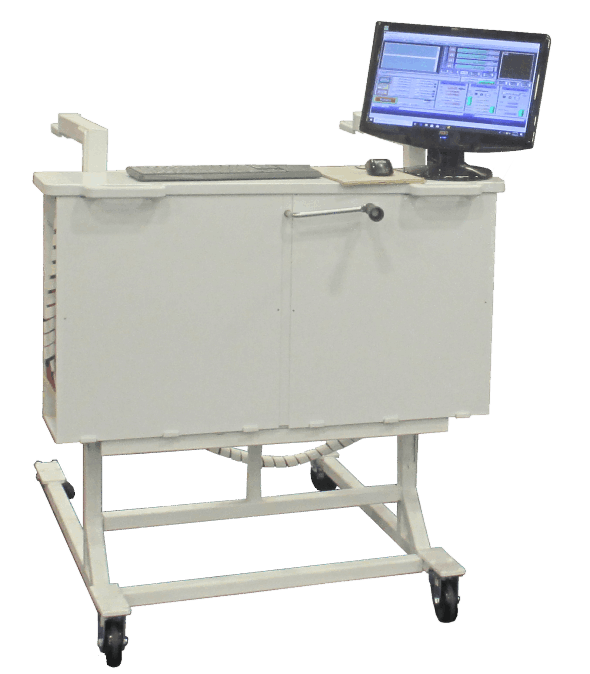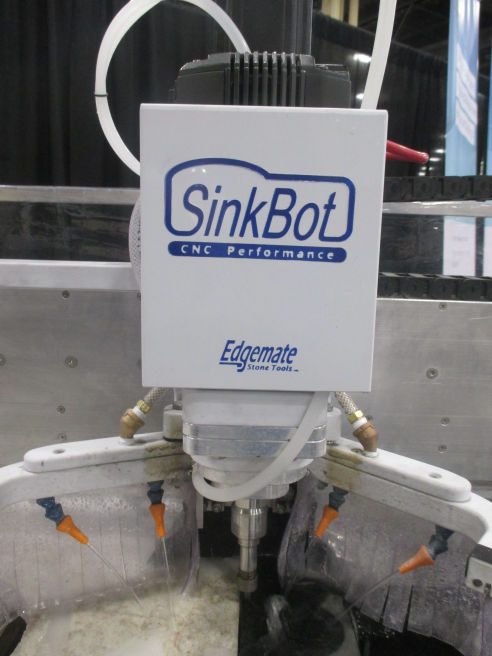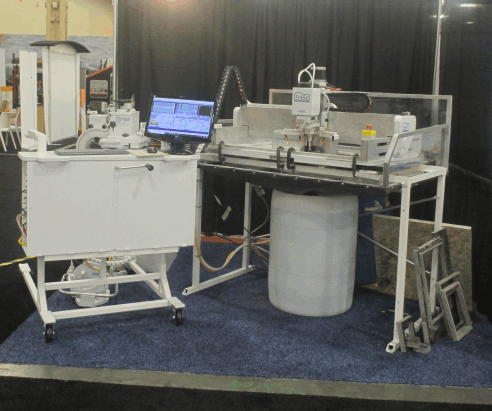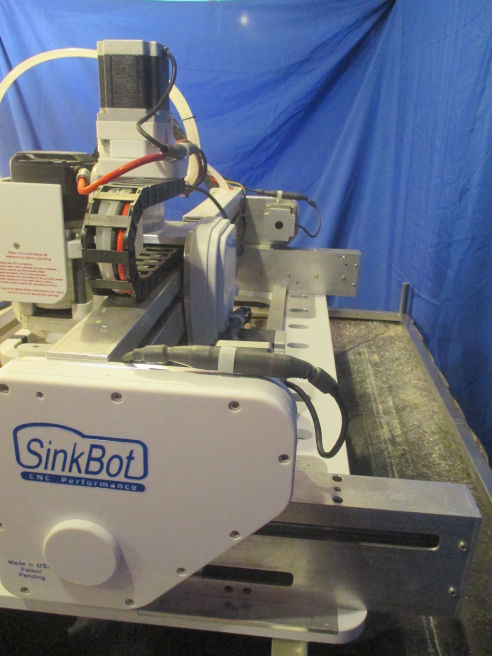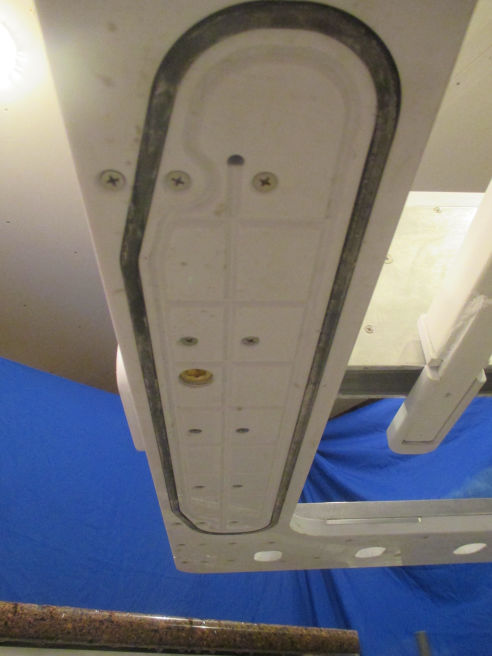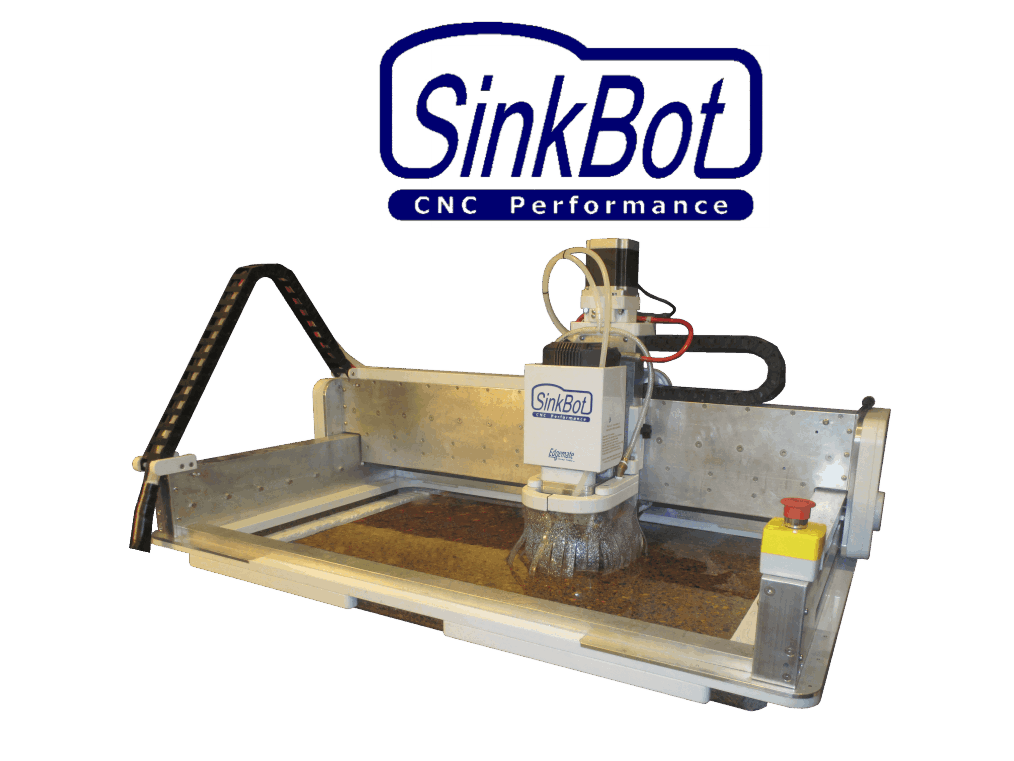
Portable CNC for cutting sink holes. Using a incremental finger bit to radius the top edge and spiral cut the hole to full depth.
-- Easy to operate CNC
-- Preloaded toolpath templates for simple programming
-- Variable speed spindle (1800kw or 2200kw)
-- Powerful 3x faster cutting
-- Drive parts are protected
-- Dust free, no templates
-- Patent Pending
